Content
Dev-kit
This is a Konix Multi-system Dev-kit. It is the only one know to still exist.
I am the entrusted keeper of it - it still belongs to it's owner, but he is lending it to me to investigate, document and attempt to revive it.
The purpose of a dev-kit is that software developers (games programmers) can write their programs and run them on what is as close to the final production hardware as very possible. The kit usually comprises of a PC (or an interface to a PC) for writing the software and running various tools, a piece of hardware that is as close as possible to the final unit that would be in a retail store (but with lots of add-ons for interfacing, probing and outputting information not normally needed by the home user. Sometimes they use a CDROM emulator which is a solid state device which you load a digital image of the contents of the CDROM onto rather than having to burn discs all the time (especially if the Optical / Magnetic Media is propriety for the purpose of copy protection etc.).
Therefore, the hardware is subject to change in shape, size and form - and to some extent function as well.
The dev-kit does not have to look like the final machine - this is why it is a big plain silver box without the Slipstream controller.
Dev-kits are usually sold to games companies. A big established company can usually afford the cost of one or more kits. An independent developer usually has to make a big investment - the Konix Multi-system dev-kit I believe cost approximately 5000 pounds. In today's money, that equates to roughly 12,000 pounds!
Dev-kits are also subject to specification changes and feature / firmware upgrades. Some of these can just be released as files that the owner of the dev-kit can use to upgrade their machine, some are hardware add-on boards, or chips, that need to be swapped out. Sometimes... the whole machine needs to be replaced.
In the case of our dev-kit here - we have an early version which has less onboard RAM (128k rather than the 256k developers begged for) and it possibly has an earlier version of the Slipstream ASIC.
Until we can get the machine running, we won't be able to see the true capabilities of the unit.
Some photos (better ones will be uploaded later!)
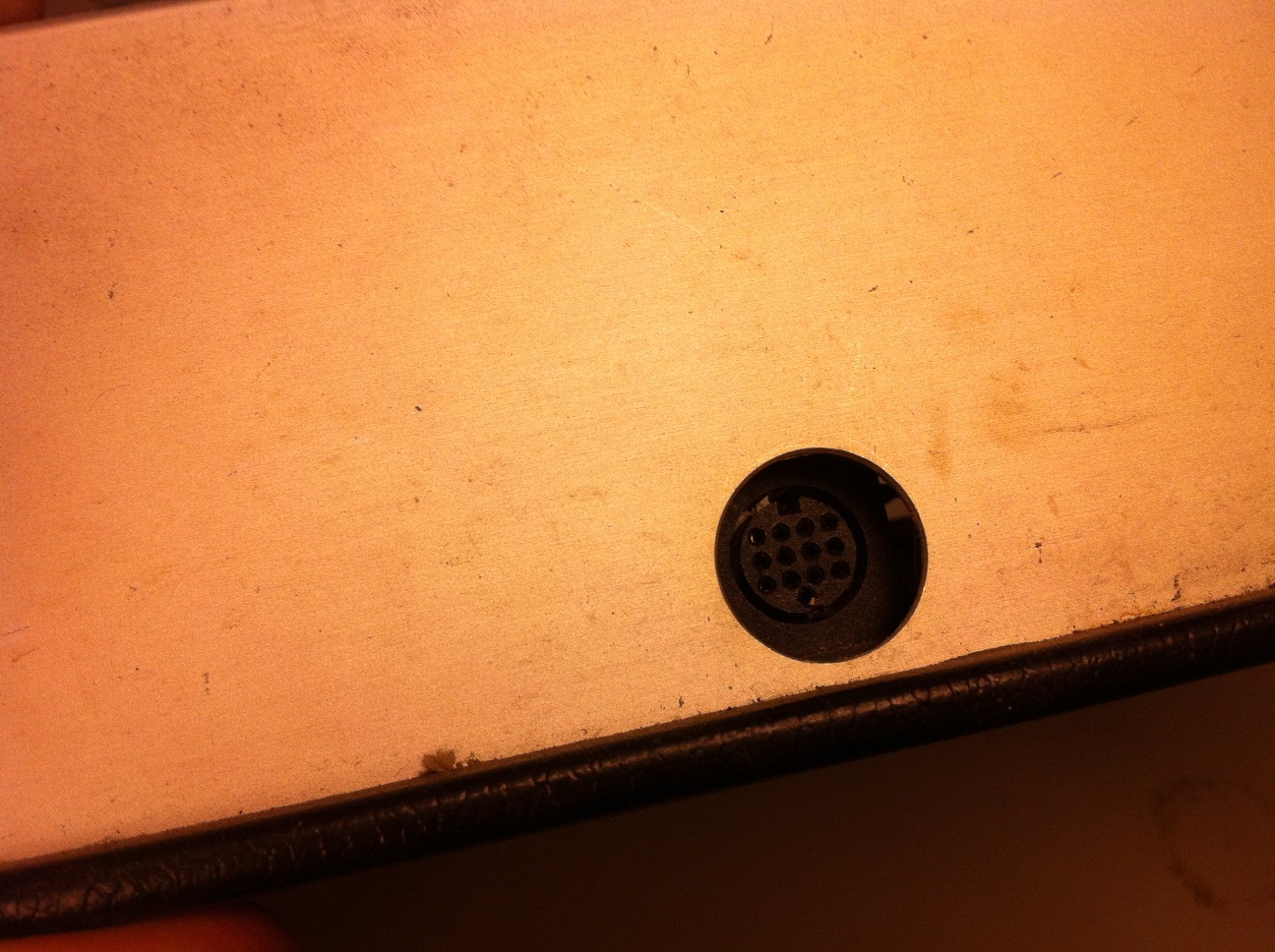
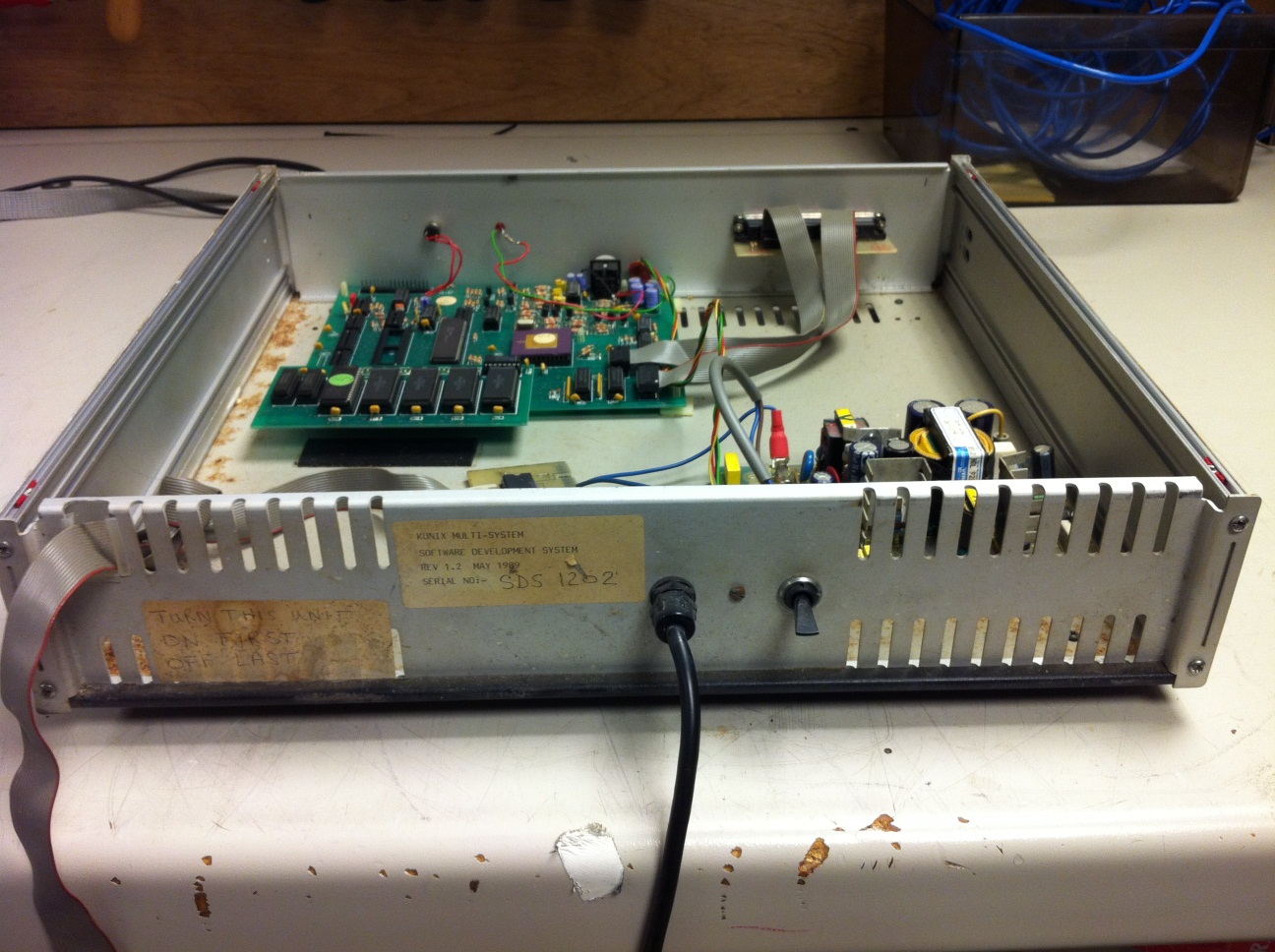
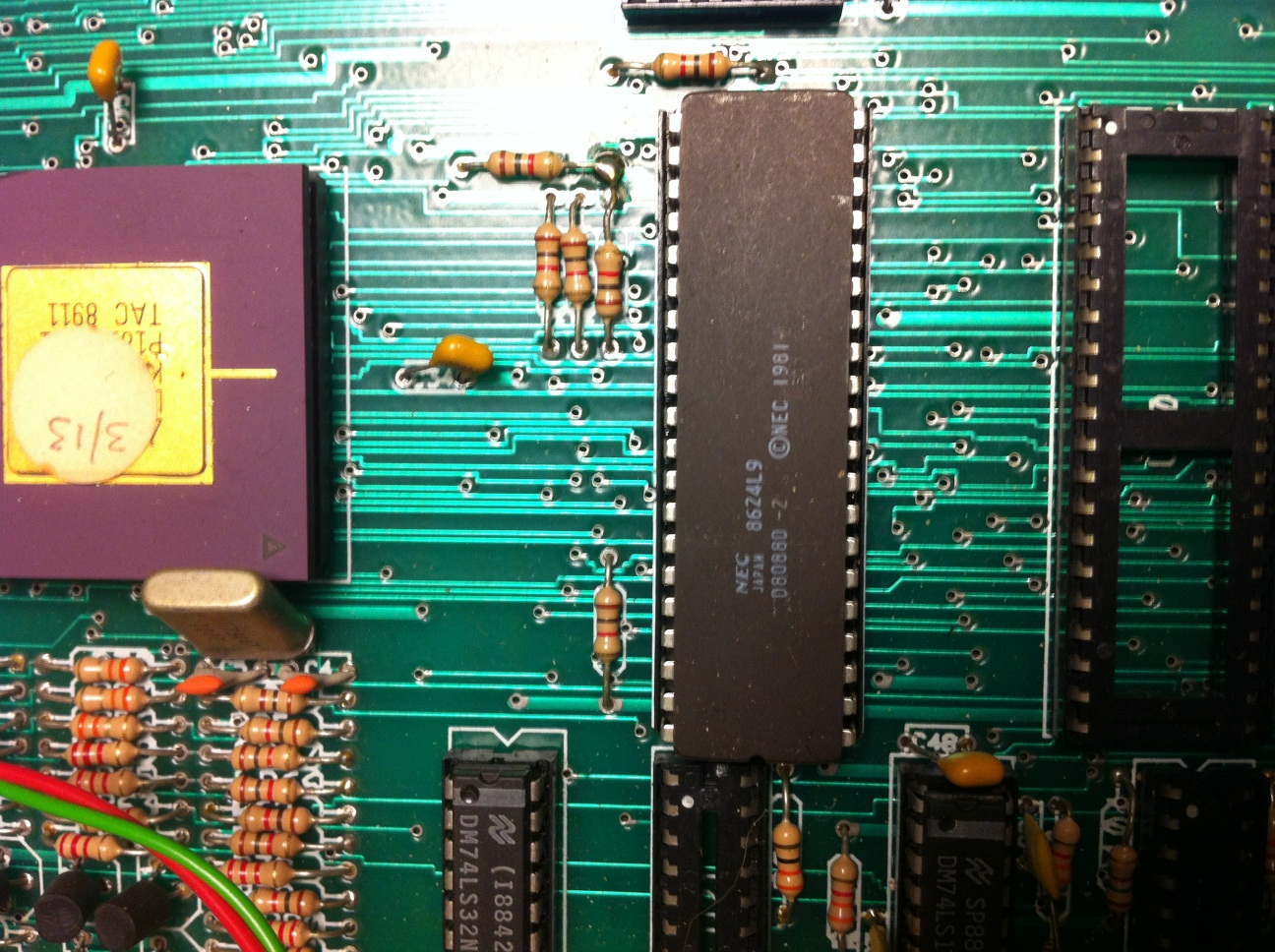
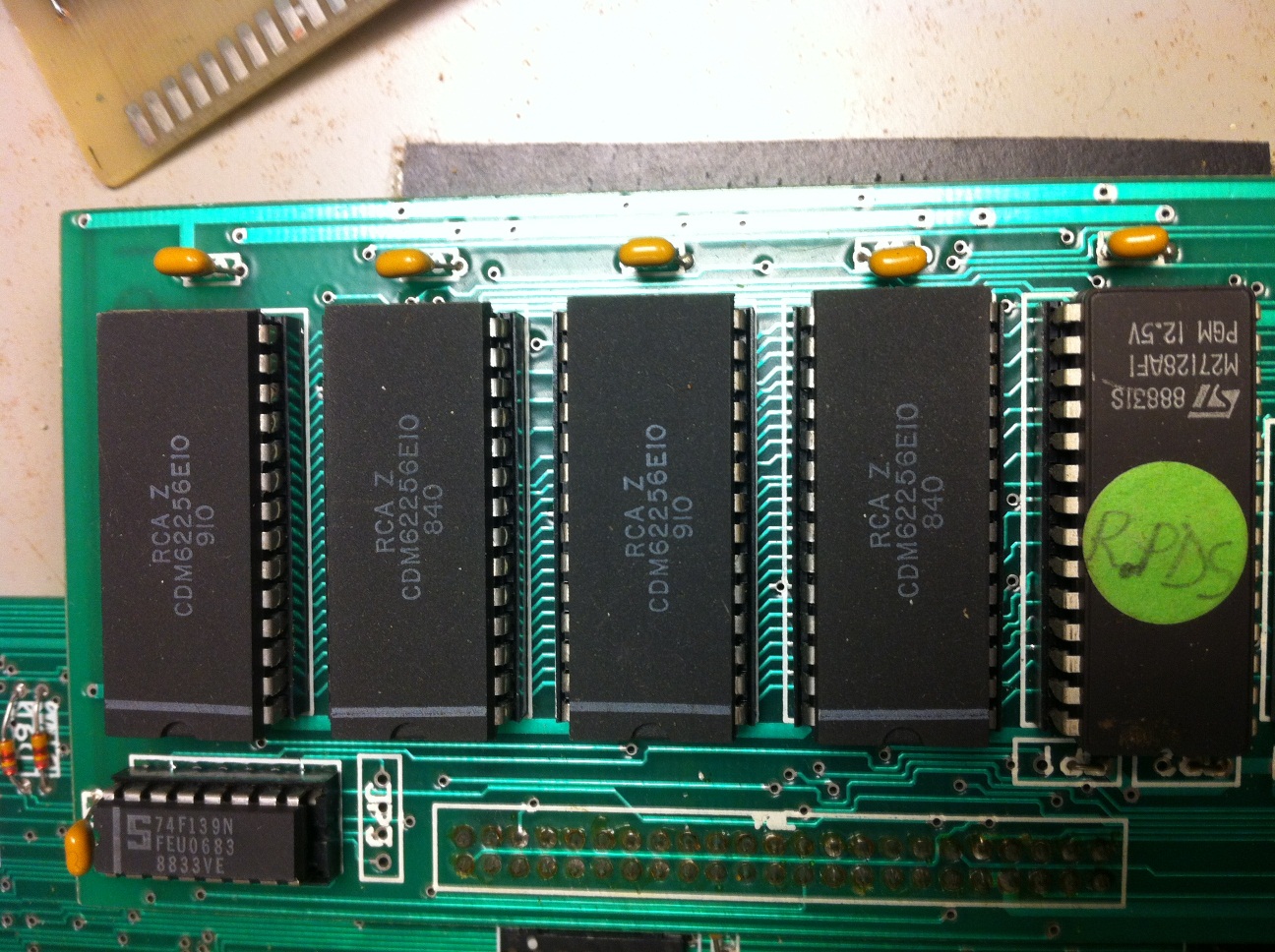
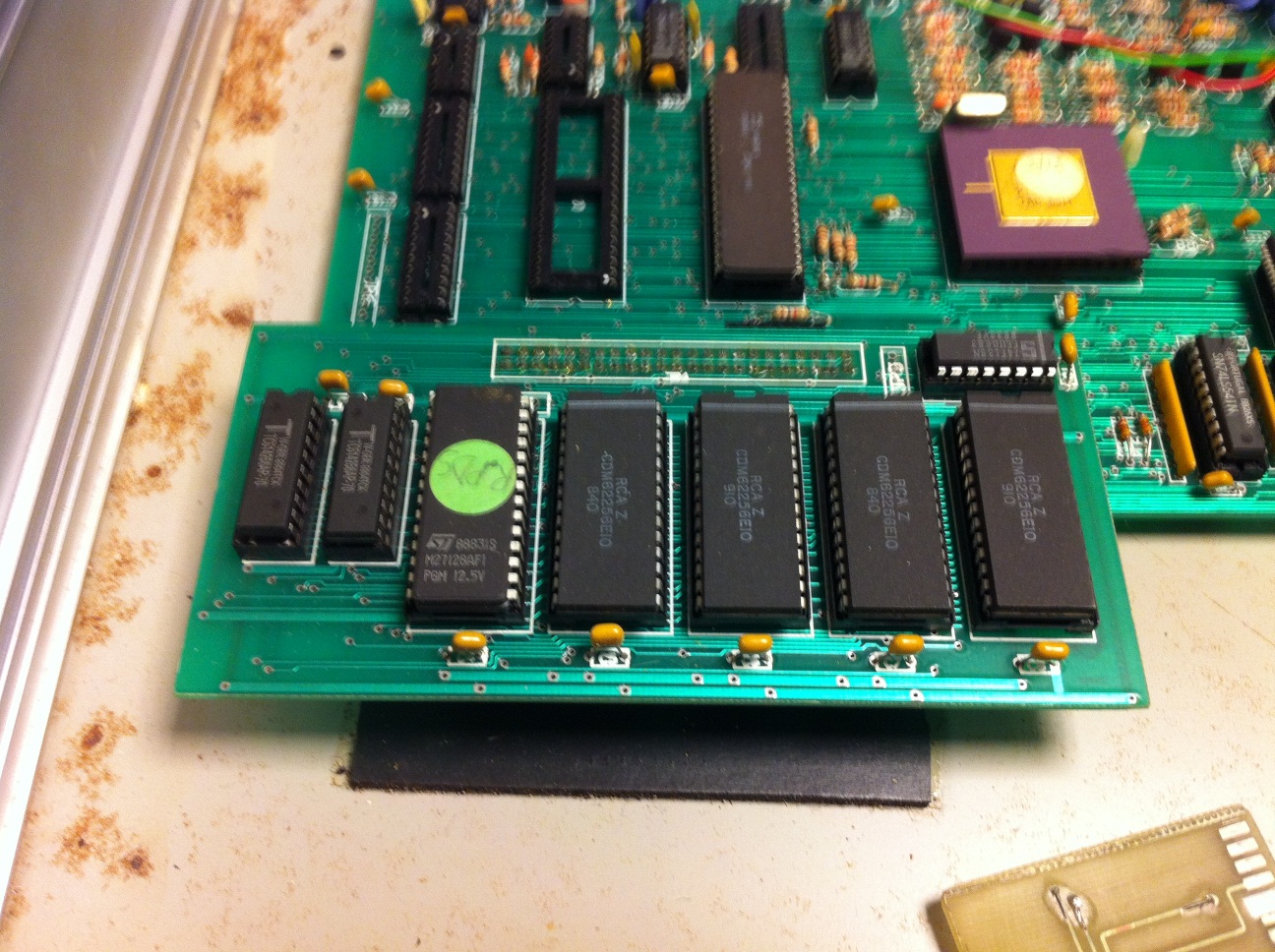
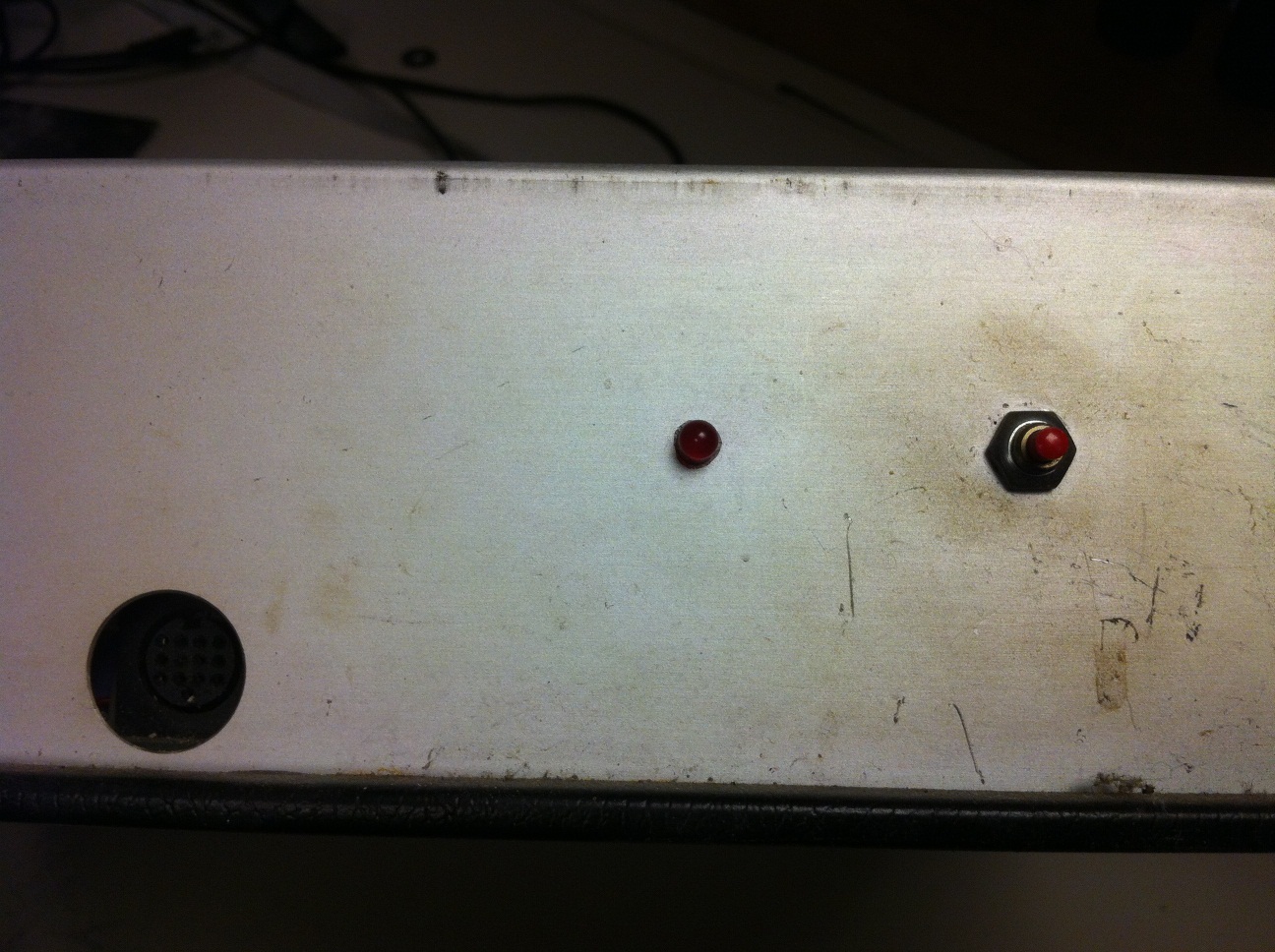

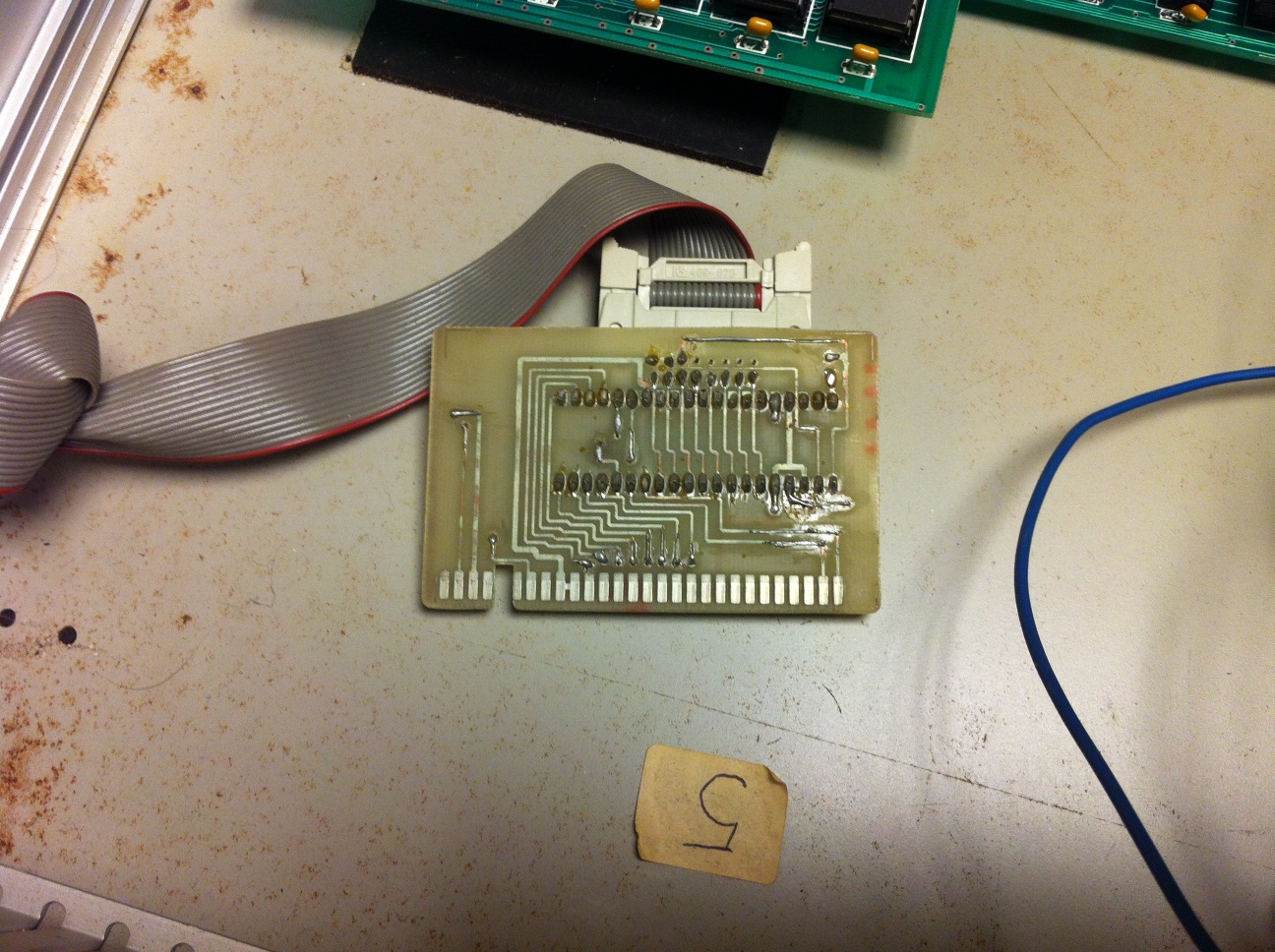
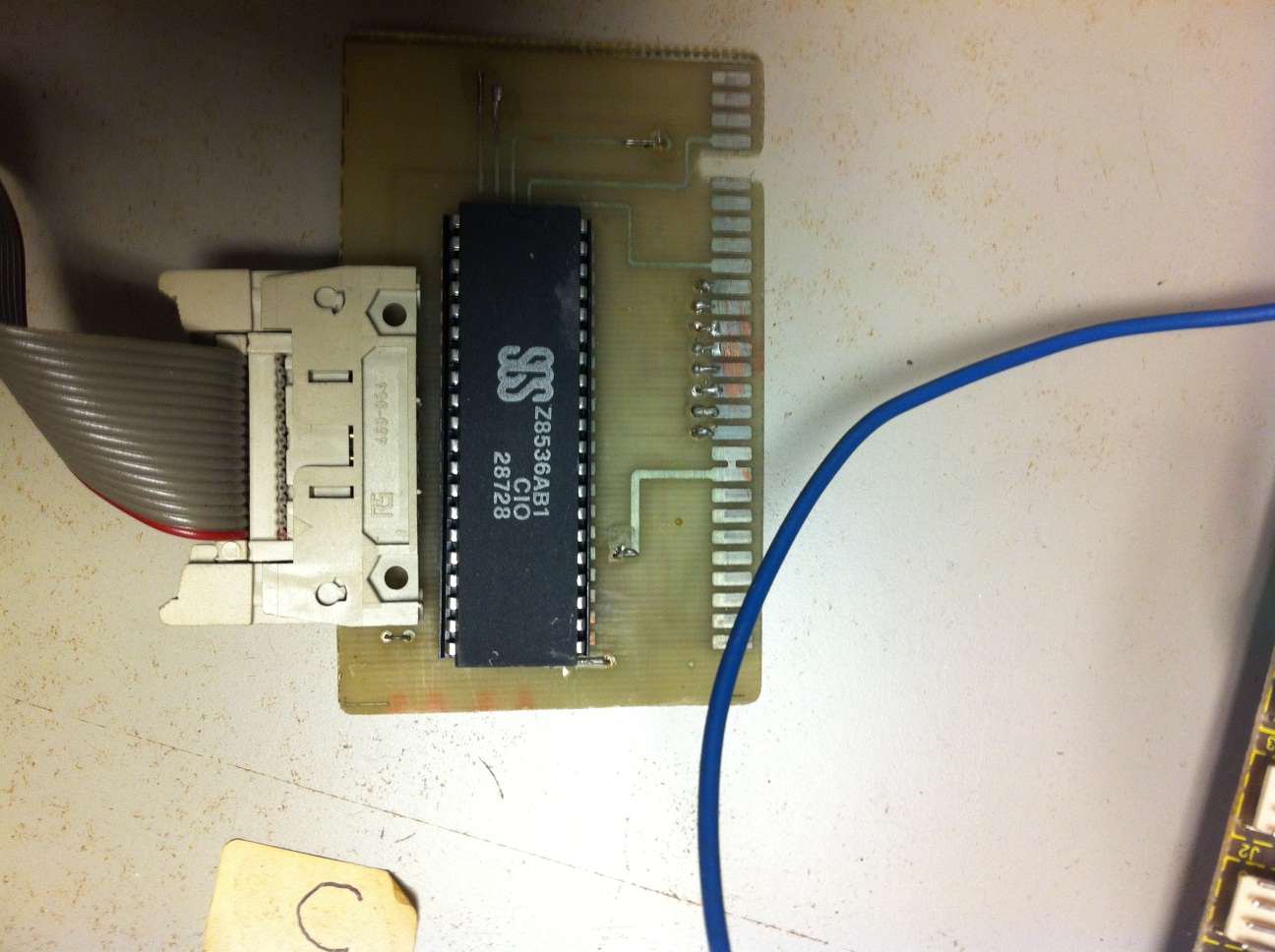

Download the CIO counter data sheet
